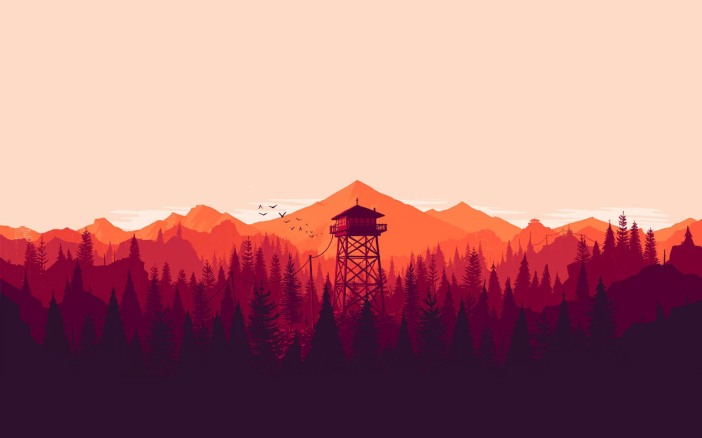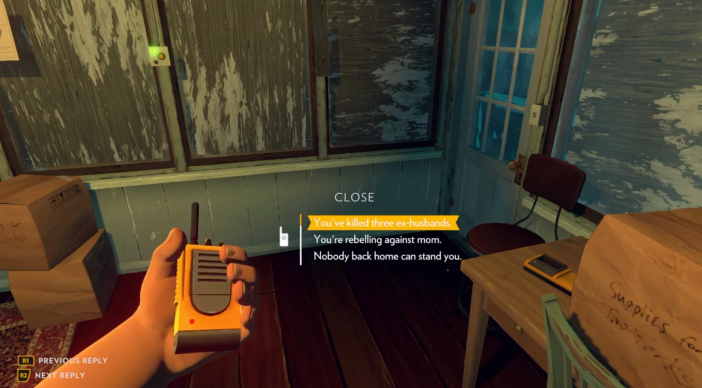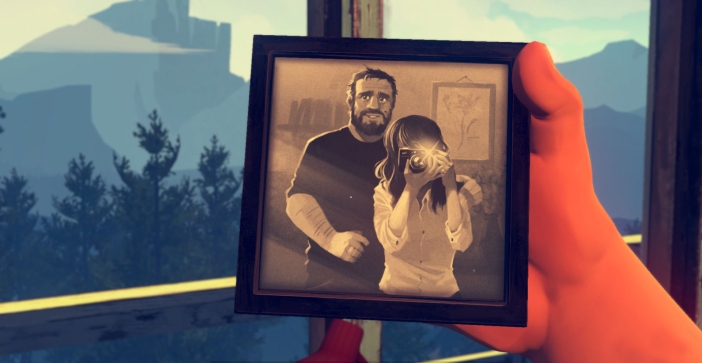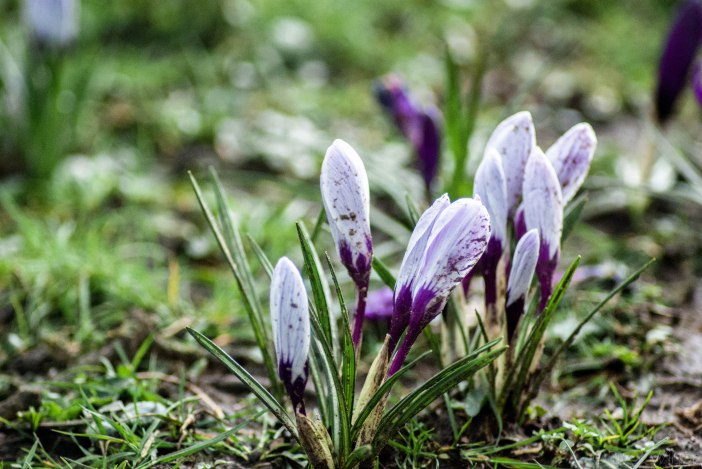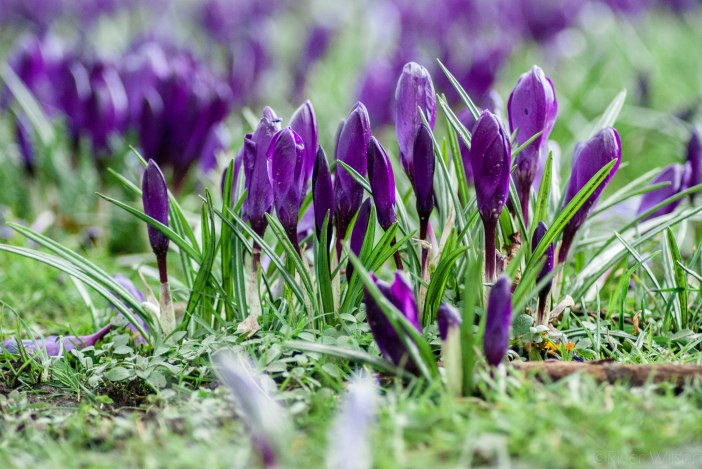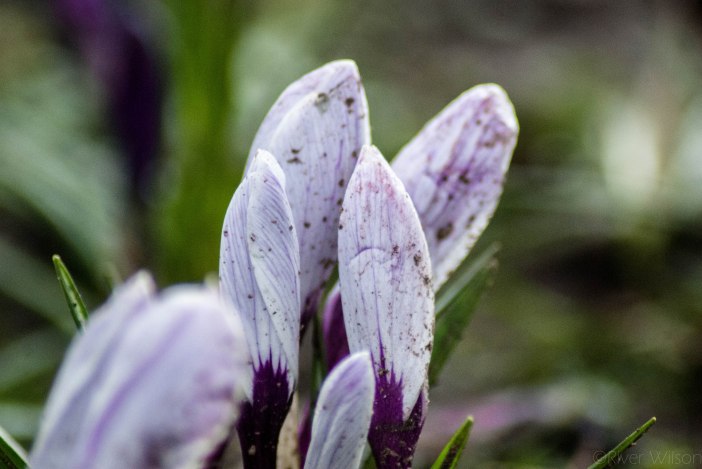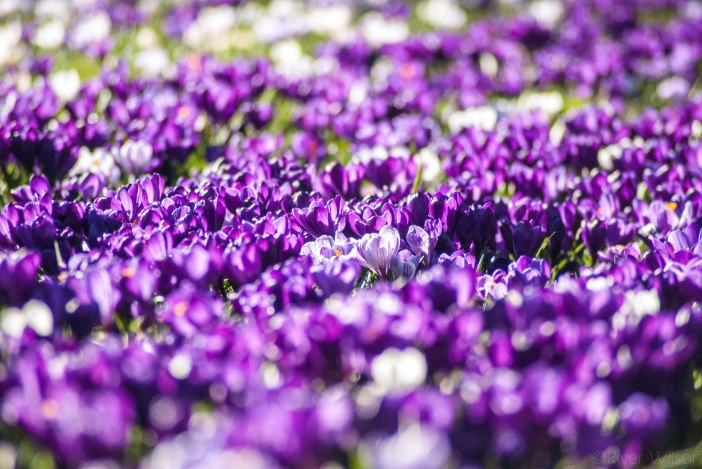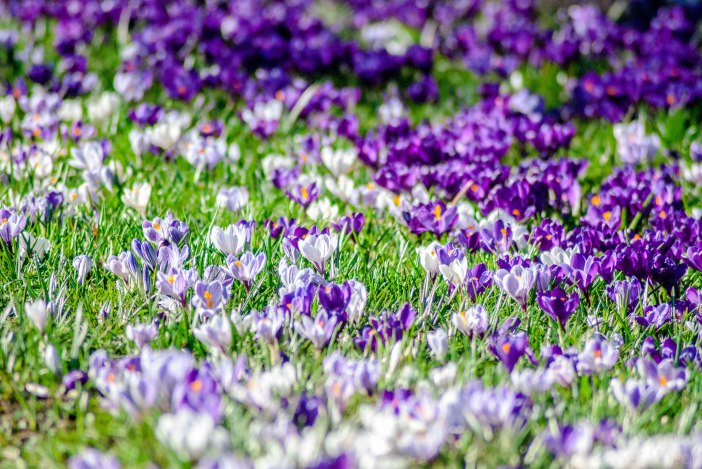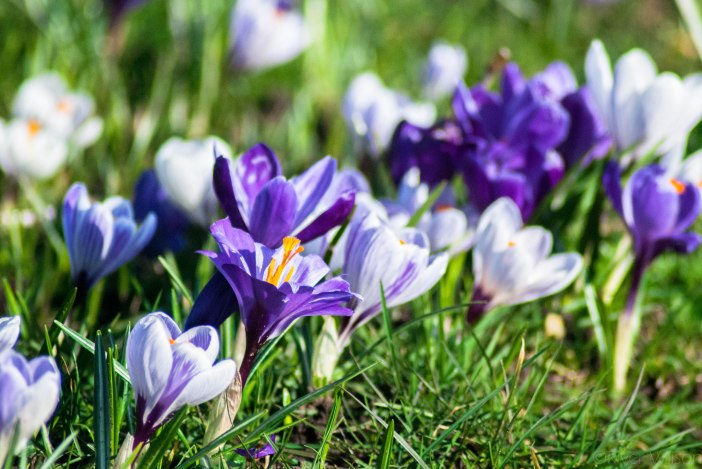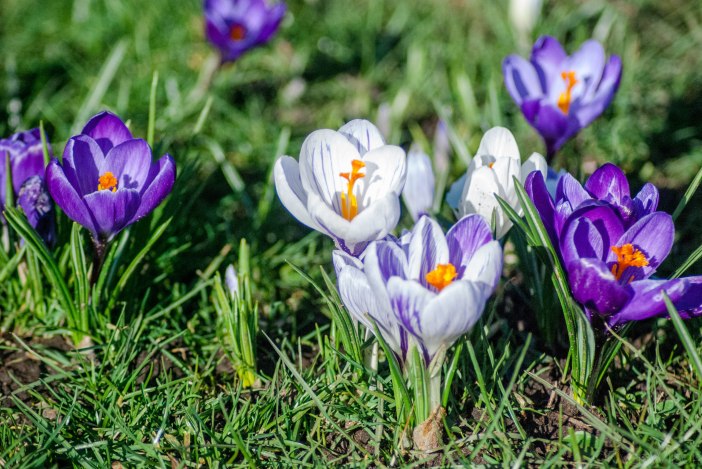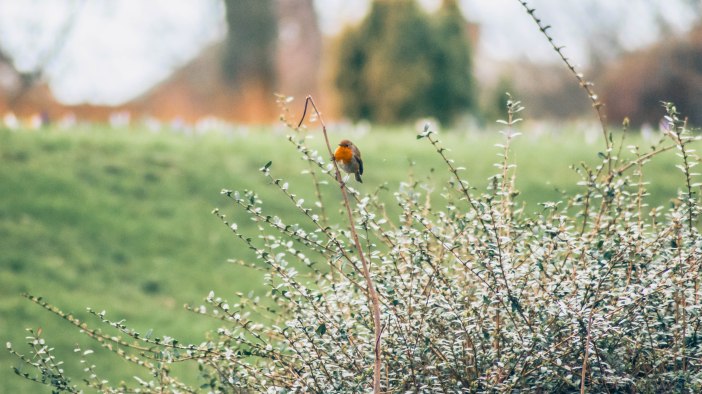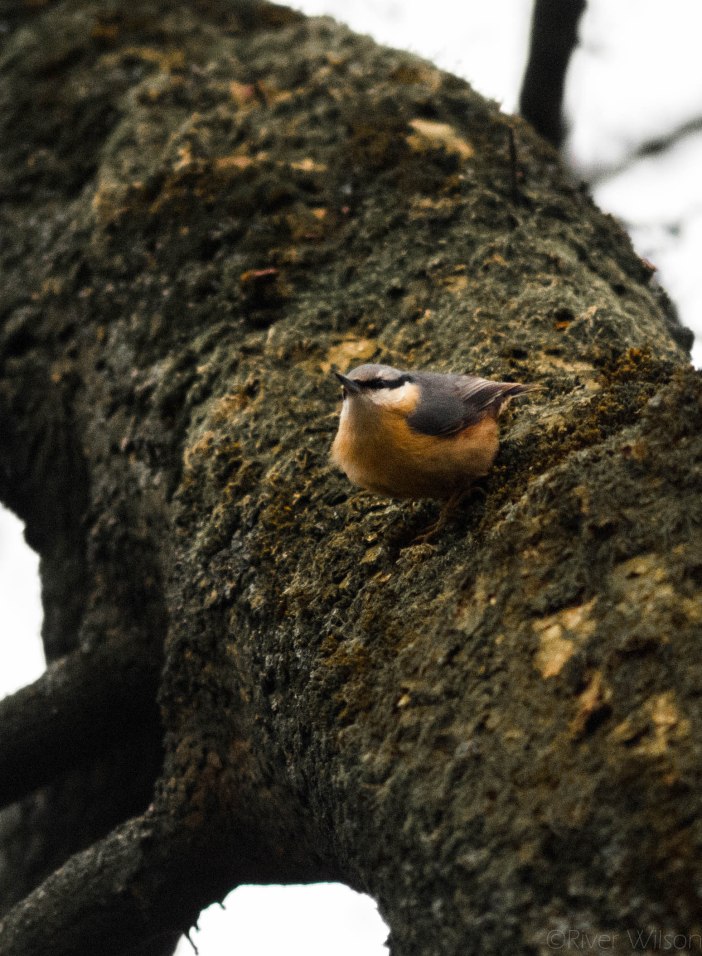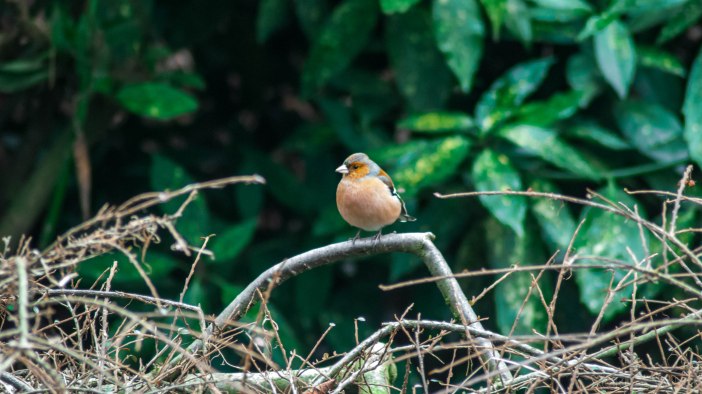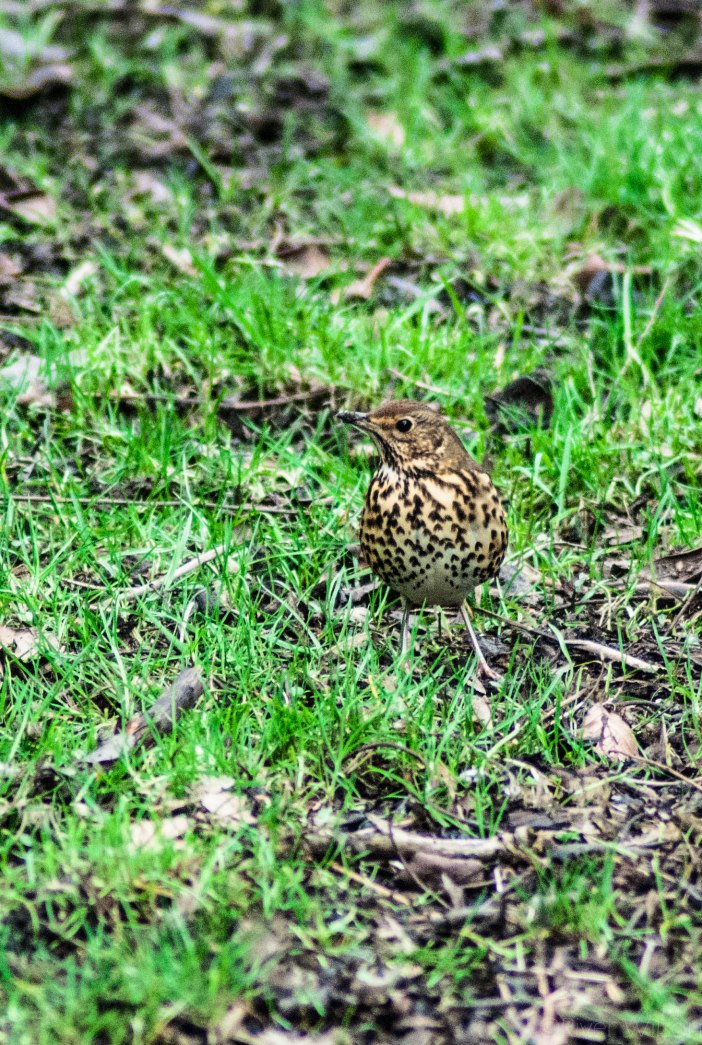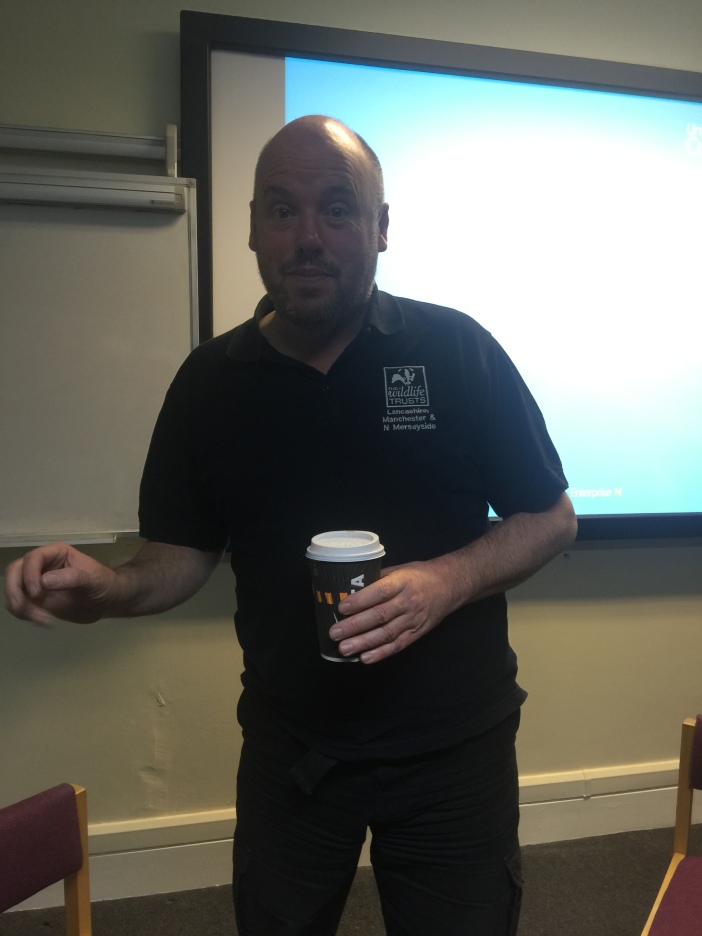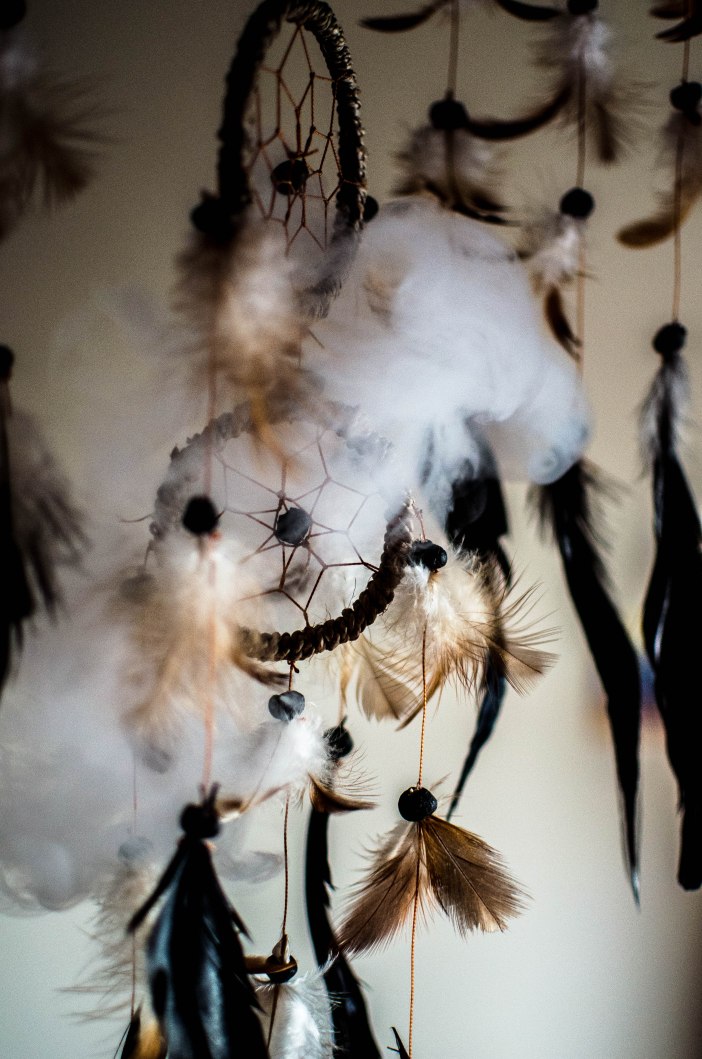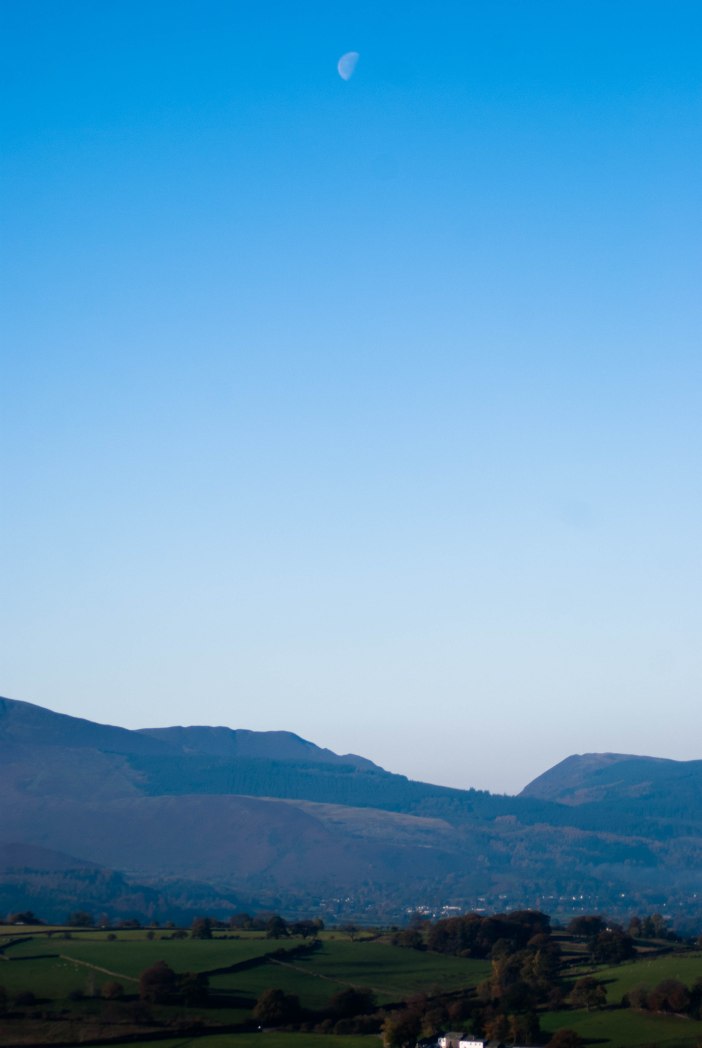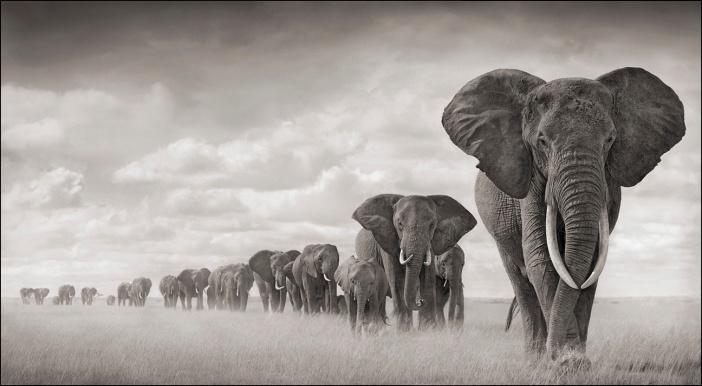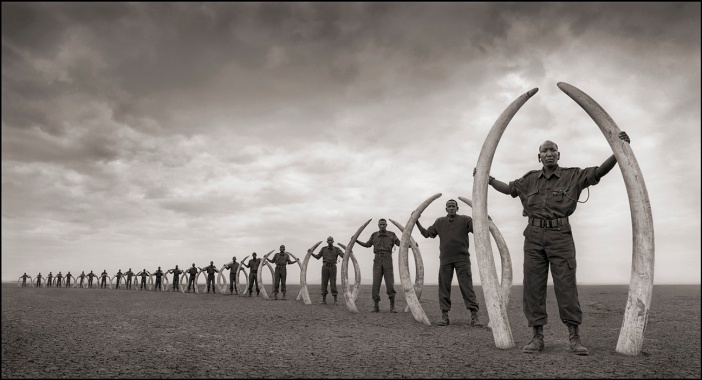While scrolling through Instagram, I often come across pages dedicated to their pet hamsters. I tend to only follow Instagram’s that have researched their pet’s needs and provide them with an adequate lifestyle. However it’s not uncommon to find people who keep their hamsters in tiny pet store cages, minimal amount of substrate and products that are harmful to their health. 10 years ago this was only to be expected, as there was little information about these exotic pets. Now the internet has flourished, and with a little bit of digging, it is possible to find the correct information on how to look after your hamster. As an avid hamster enthusiast, I think it’s extremely important to educate people on correct modern day hamster care. In this article, I will go through the biggest misconceptions of owning a hamster and what you can do to look after them properly.
- Myth: Hamsters are cheap starter pets.
WRONG! Although they may be cheaper than owning a cat or a dog, Hamsters are far from cheap animals. Hamsters are advertised as cheap small pets, but the starting cost to set up their home can become costly very quickly. The majority of adequate sized cages that are sold in pet stores are ridiculously expensive, which deters people who haven’t researched properly and end up buying a small cage because it’s ‘cheaper’. However, online you can find proper sized cages/aquariums for £30+ (Workman, 2014). Expect to be spending at least £100 for a full setup once you include: toys, wheels, substrate, food and a cage which are only the essentials.
Many vets won’t know much about medical issues for hamsters as they are an exotic pet. So when your hamster requires a vet visit (which it will), you will have to see an exotic vet, which can charge an astounding amount of money just for a check-up. I’m quite lucky and only have to pay £20 for a vet visit, but others tried to charge me up to £80. When it comes down to it, if you’re looking for a cheap animal, hamsters are not for you.

- Myth: Hamsters can live in small cages.
Small cages cause serious behaviour and health issues in hamsters, such as: Cage aggression, bar biting, heightened stress levels (Mills and Marchant-Forde, 2010). It also causes repeated stereotypical behaviours like pacing, spinning in circles and star gazing (also known as back flipping).
There are no scientific studies that approve of small cages as being adequate for hamsters to permanently live in. A study conducted by the University Federation for Animal Welfare concluded that Syrian hamsters need a minimum of 10,000cm2 (100cm) combined with lots of enrichment to provide better welfare standards, which will reduce stereotypical behaviours such as bar biting (Fischer, Gebhardt-Henrich and Steiger, 2007).
What does the law state about animal welfare? On legislation.gov.uk under Animal Welfare Act 2006,s 9(1) (2) (a, c):
1) A person commits an offence if he does not take such steps as are reasonable in all the circumstances to ensure that the needs of an animal for which he is responsible are met to the extent required by good practice.
2) For the purposes of this Act, an animal’s needs shall be taken to include—
(a) Its need for a suitable environment,
(c) Its need to be able to exhibit normal behaviour patterns,
If you are going to own a hamster, by law you have to meet these requirements. Small pet store cages (Workman, 2014) do not allow hamsters to exhibit normal behaviour, which means research, research, research!

- Myth: Hamsters have breeds.
Hamsters do not have breeds. There are 5 pet species of hamster.
- The Syrian hamster is a solitary animal which is also known as a ‘golden hamster’ in the wild and a ‘teddy bear hamster’, ‘Panda bear hamster’ and ‘black bear hamster’. These are nicknames given in pet stores or unethical breeders who don’t know the real genetics of the Syrian hamster (Foster and Smith, 2017).
- The Chinese hamster is a solitary animal which is constantly labelled as a dwarf hamster. It is not part of the dwarf family (Petwebsite.com, 2017). The Chinese hamsters classification is:
Genus: Crircetulus
Species: griseus.
The dwarf genus is Phodopus and only three species are in this group
Species: campbelli/sungorus/roborovskii
(Russian Campbell/ Winter White/ Roborovski)
- Campbell dwarf hamsters and Russian winter white dwarf hamsters (also known as: Siberian dwarf hamster and Djungarian hamster) are two separate species. They can both live in colonies, however due to the hamsters personality, usually have to be separated as they are very territorial. Pet shops sell them as the same species with made up names, such as: ‘Golden winter white’, ‘Black winter white’ or just ‘Russian hamster’. It’s in fact, nearly impossible to get a pure WW or Campbell species from pet shops due to decades of Campbell’s and winter whites being bred together and producing hybrid babies (Hamstercentral.com, 2008). Unless the store gets their hamsters from ethical breeders, those hamster will be provided by backyard breeders and mills, who breed for profit and not health and genetics. Hybrids come with an enormous amount of health issues and rarely live past 2 years old.
- The Roborovski dwarf hamster is the smallest of the pet species. They are also the most active and are extremely fast and incredibly shy. This means they are not a suitable pet for a first time owner or children. Roborovski’s can live in colonies as they are social creatures and tend to sort out squabbles among themselves. However, once serious fighting starts, they will need to be separated for life (Yee, 2014).

Researching about hamsters is vital to having a happy and healthy pet. Exposing these myths will help the truth become common knowledge and help owners care properly for their pets.
References
Fischer, K., Gebhardt-Henrich, S. and Steiger, A. (2007). Behaviour of golden hamsters (Mesocricetus auratus) kept in four. 1st ed. [ebook] Universities Federation for Animal Welfare, pp.91,92. Available at: http://www.tierschutz.vetsuisse.unibe.ch/unibe/portal/fak_vetmedizin/c_dept_dcr-vph/e_inst_tierschutz/content/e191756/e224004/e224515/e239776/Fischer2006_ger_eng.pdf [Accessed 17 May 2017].
Foster, D. and Smith, D. (2017). Golden Hamsters as Pets: Husbandry and Care of Syrian Hamsters. [online] Peteducation.com. Available at: http://www.peteducation.com/article.cfm?c=18+1799&aid=1617 [Accessed 17 May 2017].
Hamstercentral.com. (2008). Hybrid Dwarf Hamsters – Hamster Central WIKI. [online] Available at: http://www.hamstercentral.com/wiki/Hybrid_Dwarf_Hamsters [Accessed 17 May 2017].
Mills, D. and Marchant-Forde, J. (2010). The encyclopedia of applied animal behaviour and welfare. 1st ed. Wallingford, U.K.: CABI, p.327.
Petwebsite.com. (2017). Scientific Classification Of Chinese Hamster. [online] Available at: http://www.petwebsite.com/hamsters/chinese_hamsters_classification.asp [Accessed 17 May 2017].
Workman, A. (2014). Hamster Home Reviews – National Hamster Council. [online] Hamsters-uk.org. Available at: https://hamsters-uk.org/content/view/97/64/ [Accessed 17 May 2017].
Yee, S. (2014). Robo Dwarf Hamster – All About Roborovski Dwarf Hamsters. [online] Dwarf Hamster Blog. Available at: http://dwarfhamsterblog.com/robo-dwarf-hamster/ [Accessed 17 May 2017].

